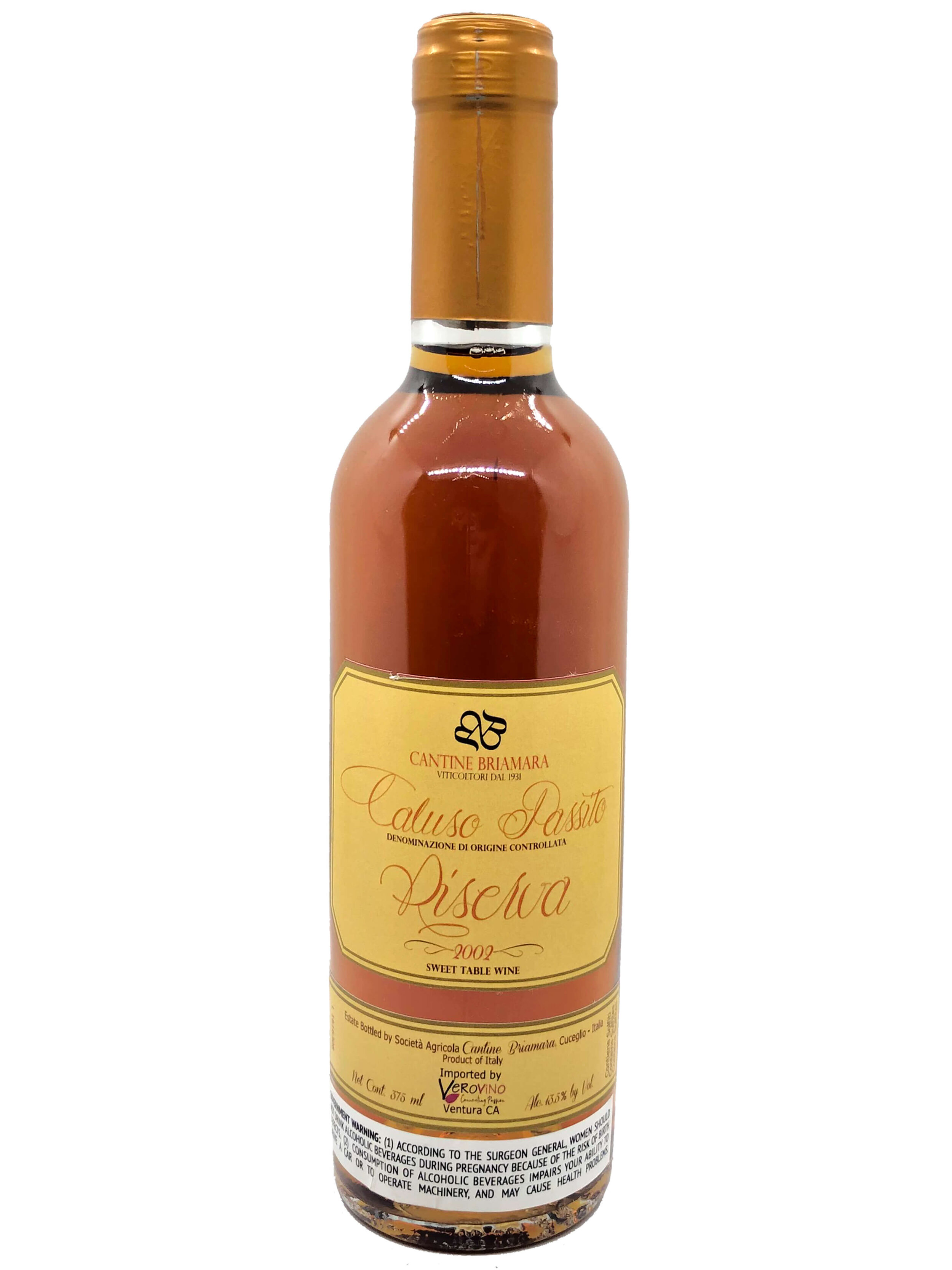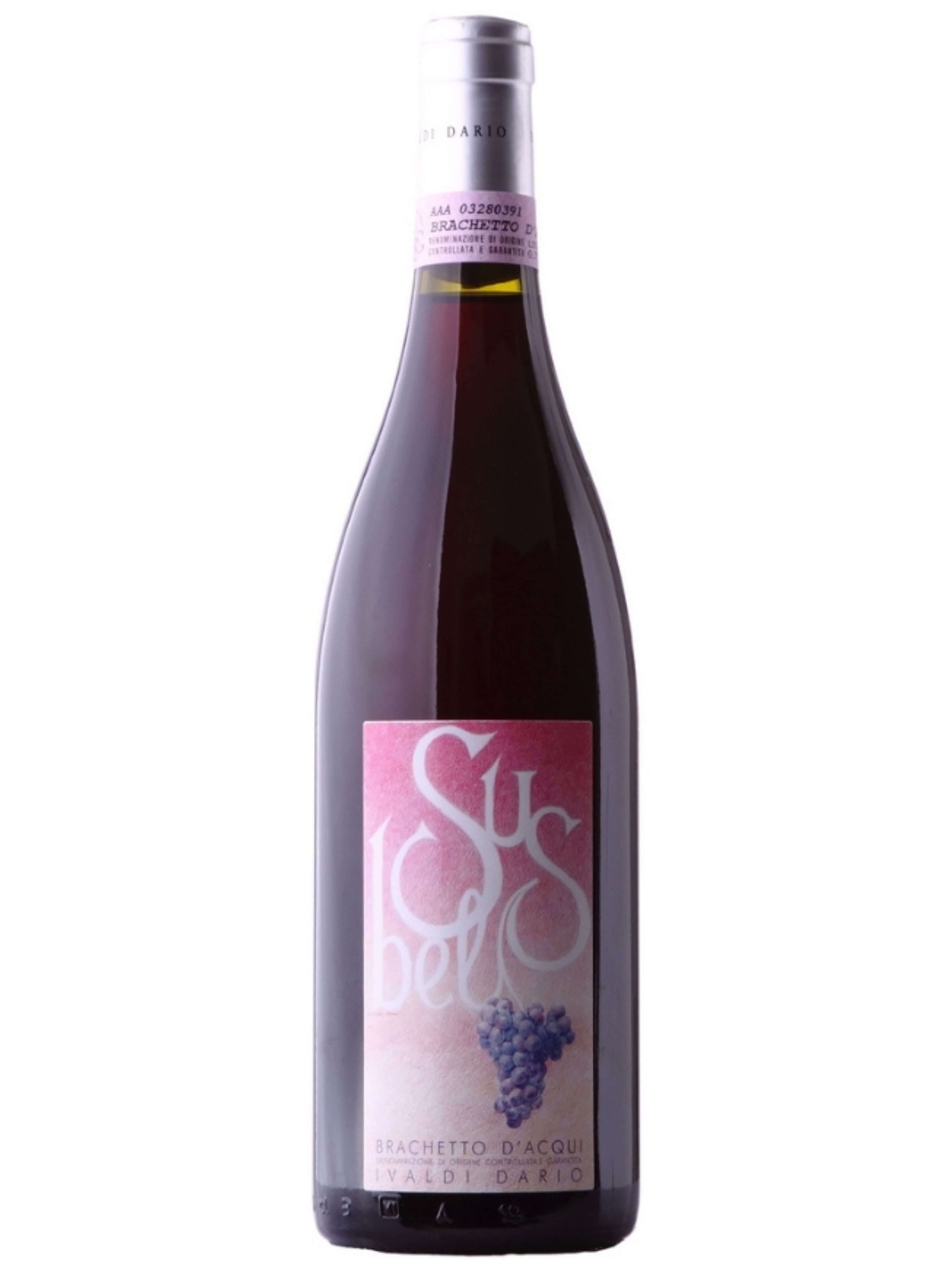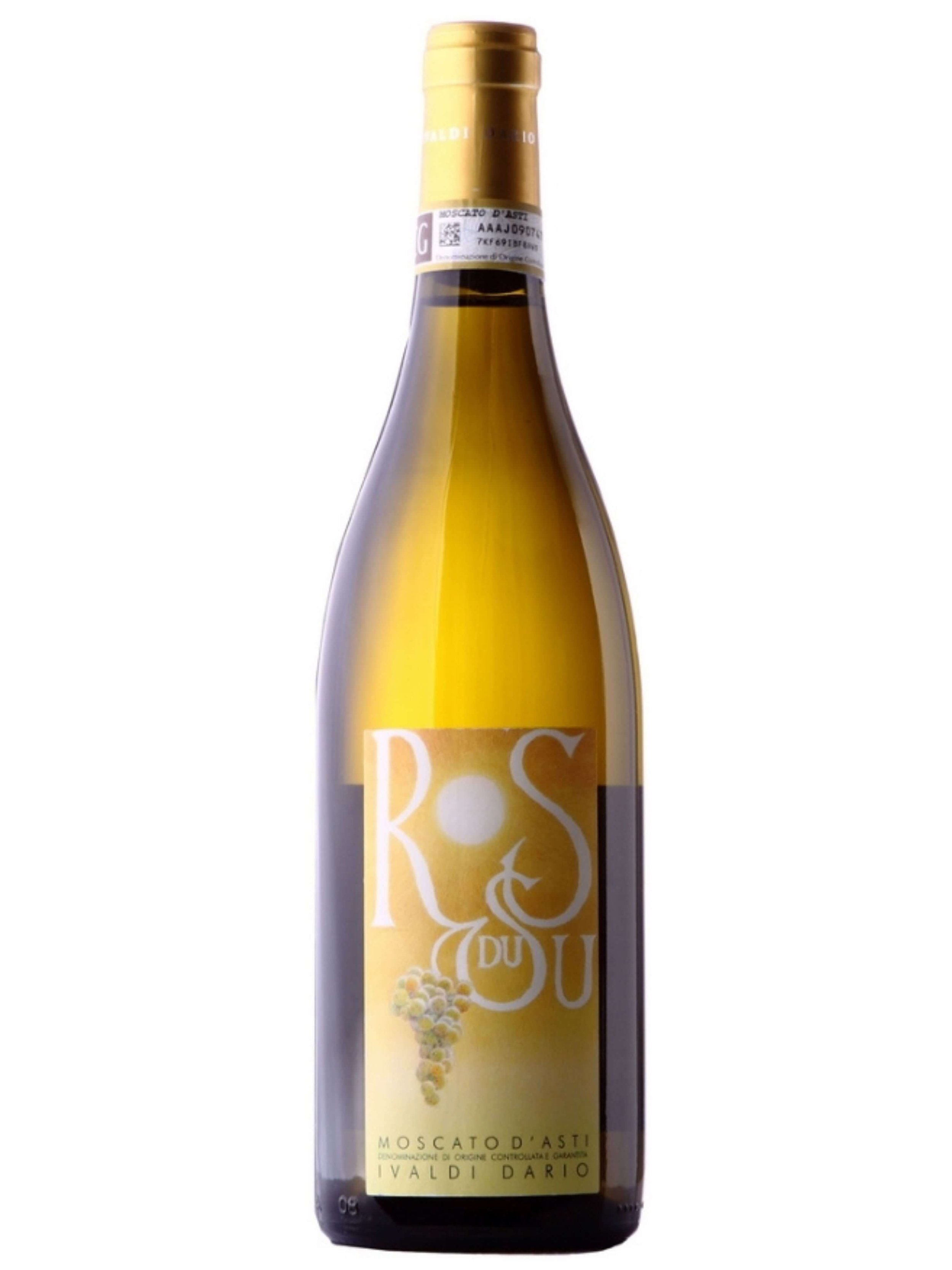The Ugly Duckling of the Cookie World
Here is a Tuscan variation of Brutti ma Buoni cookies, lumpy and irregularly shaped.
Cookies are a beloved treat enjoyed by people of all ages. From classic chocolate chip to decadent snickerdoodles, the world of cookies offers endless possibilities for creativity and flavor. But have you ever heard of Brutti ma Buoni? These Italian cookies, or biscotti, literally translate to "Ugly but Good."
If you see them, to us Americans, they look like an ordinary homemade version of a cookie. However, in Italy, where the “bella figura”, meaning to make a good impression, is “mandatory” in every sense of the word. With food being a centerpiece of Italian life, the bella figura applies also to how food looks. If food does not look appetizing, and if you run a restaurant, or say, a bakery in Italy, you risk not selling it or getting negative feedback from your customers. Even the humble cookie is judged by its appearance.
So, when Italians started to make cookies that look like the typical lumps of baked dough that we love so much in America, they started to be called Brutti ma Buoni, as well as Brutti e Buoni (latter meaning Ugly AND good). If you look at them, they really do live up to their name. Not terribly aesthetic, they are sure delicious.
We like to think of them as the “potato chip” of the biscotti world: light, airy, and crunchy. We dare you to eat just one! In fact, there is a legend in some parts of Italy that one has never eaten more than one.
Grab your mixing bowl and get ready to bake up a batch of these unique and surprisingly easy-to-make Italian cookies. In fact, you only need three ingredients!
The Legendary Origins
Seeing that there are essentially three ingredients to make these cookies (sugar, egg whites, and nuts), it is natural to expect that variations upon this theme are found throughout the Italian peninsular boot. We are going to focus on one particular “type”, that of which is perhaps the most famous from the northern Italian region of Piedmont. There are some others, such as Ricciarelli di Siena (in Tuscany), use nuts that are much finer, nearly flour like. But the hallmark, that which defines the Northern Italian variety of these cookies, is the nuts are only coursely chopped, leaving a lumpy and non-homogenous batter. This version of the cookies are considered protected products in the provinces of Lombardy, Piedmont, and Tuscany. Traditionally, they are made with either hazelnuts or almonds. In Piedmont, where hazelnuts reign (they say, if you don’t see vines in the Langhe, then you are looking at hazelnut trees), hazelnuts are the tradition. However, down towards Tuscany, almonds are much more common and traditional. It just depends where you are getting your recipe from.
Typical Piemontese Brutti ma Buoni, from the Langhe. You can see the light air bubbles from the whipped egg whites, and the lumpy hazelnuts, all mixed into an irregular dollop.
But where do these ugly, but delicious cookies come from? No one is truly sure, but like all classic Italian recipes, there are legends. The most popular legend is that a pastry chef in the province of Lombardy (around Milan) created the cookies. Somehow they made their way into the court in Turin (in the province of Piedmont), and when the capital city moved from Turin to Florence, the cookies followed.
Depending on where you go, what family your speaking to, you can see the uneven, ugly lump of a cookie referred to as Brutti ma Buoni, Brutti e Buoni, and in some places even Brutti Buoni. This is of course leaving out the dialect variations, such as the Piemontese brut ed bun or brut ed bon depending on which part of the province you are from.
Certain variations (and family recipes) might included an extra “flavor” so to speak. Sometimes in the Langhe versions you might find a little cacao powder, or in the Lombardy one some cinnamon. It is not uncommon in Tuscany for them to add a little lemon or orange zest too. Vanilla as well, is fairly common throughout all the regional variations of this cookie.
But What Are They Truly?
These cookies are a bit of an anomoly in the Italian pastry world. In general, Italian pastries are heavily focused also on the aestetics; they want their pastries and biscotti to not only taste good, but look good too. These cookies, with their lumpy, browned exterior are the exception, and by calling them “brutti ma buoni”, it is almost as if the Italians are apologizing for this in the name itself. Like a national, resounding “We know they’re ugly, but just try them because darn are they good”.
So why have these cookies survived all these years? Aside from how delicious they are, that is. Perhaps it’s because they also embody another important aspect of Italian cuisine, waste not want not. In the end, the cookies utilize ingredients that are often “left over”. Egg whites may come from a pasta frolla or zabajone made earlier, the nuts used are the broken bits that are not pretty to sell. Vero collaborator Jacqueline (who worked for over 10 years in a Piemontese kitchen in Northern Italy) says, “We often made them when we had lots of left over egg whites. You can make a merengue, but these are so much easier. They take less time to bake, you don’t have to be precise in piping them onto the sheet, and they are yummy. You can whip together a batch and include a little cookie with espresso, or just keep them around for us staff to munch on.”
Which means that these ugly little lumps of crunchy cookie actually lie well within the Vero philosophy, of embracing the perfection of imperfections. Finding the beauty in these biscotti lie within looking farthen than their brutto exterior, but at what makes them so buono. The whipped egg whites create a light and airy, yet crunchy feel. The crushed hazelnuts add flavor, extra crunch, yet are small enough to create a sort of “dough” when being baked. They are cookies that truly, it is as easy to eat 12 as it is to eat one or two. So why hate on them because they are ugly… they are good! So good in fact, that even the aestetically minded Italian pastry chefs decided that they were perfect just the way they are: imperfect.
Wine and Cookies
Here are some dessert wine pairing suggestions for a brutti e buoni biscotto (aka ugly and good cookie).
A natural pairing with these cookies is that of sweet wines, however the sugar in the wine chooses to manifest. In fact, one of the easiest ways to find wines for dessert, is to consider wine and food pairings with sweet wines. The Piemontese would swear by pairing with a local favorite such as Moscato d’Asti. We quite like them too with other local wine, Brachetto d’Acqui. Into Tuscany, they would pair with more vin santo type dessert wines, not bubbly or lightly sweet, but more thick and luscious. Wines that fit this category of sweet wines would be ones like the Briamara Caluso Riserva or the Vigna Petrussa Desiderio. Of course, we would be remiss to not mention the Sauternes-like Vigna Petrussa Picolit, with intense flavors and aromas from botrytis infected grapes. You might want to split the difference, with a wine like Braschi’s Sweet Albana where silky residual sugars are mixed with nice acidity for a wine that is sweet, but refreshing.
In fact, we exist to allow all Americans, across the US, from businesses to consumers, to experience the pleasures of farm to glass wines, and how can you get your hands on these hidden gems we forage for?
We are enlarging our network of distributors around the country. Reach out to us if you are interested in distributing our wines.
We sell to wine stores and restaurants in certain states - contact us if you would like more info.
We do corporate gifts and sommelier guided wine tastings. Email us and we’ll tailor unique and sustainable corporate gift ideas.
If our farm crafted wines and olive oils are not in your local shop or restaurant, buy wine online here, and we’ll ship it to you, including wine gifts, and we ship to most states.
We also have an award winning wine club for true wine explorers seeking to continually discover unique, sustainable and authentic small production wines they never had.
Piemontese Brutti ma Buoni Italian Cookies
Cooking and Prep Time: 45 minutes
Ingredients:
250 grams Egg Whites (approx. 7 whites)
1 cup White Sugar
14 ounces Nuts (hazelnuts or almonds, coarsely crushed)
¼ cups White Sugar
Wine Pairing Example:
Dessert or Sweet Wines
Procedure:
1. Beat the egg whites and one cup of sugar until very stiff peaks form.
2. Gently fold in nuts and ¼ cup of more white sugar.
3. Use either a piping bag with a large tip or spoons to gently place dollops of batter about golf ball sized onto a cookie sheet.
4. Bake at 350oF oven for approximately 30 minutes, or until set and dry.
5. Cool on the cookie sheet, and enjoy pairing with a sweet wine.
This recipe is courtesy of Trattoria Risorgimento in Treiso, Italy.









